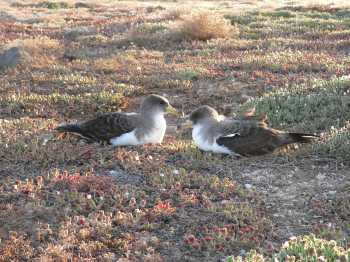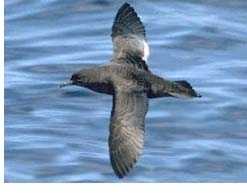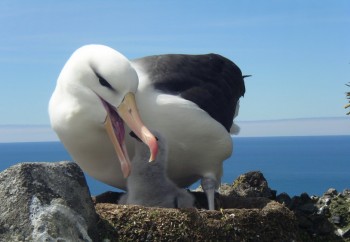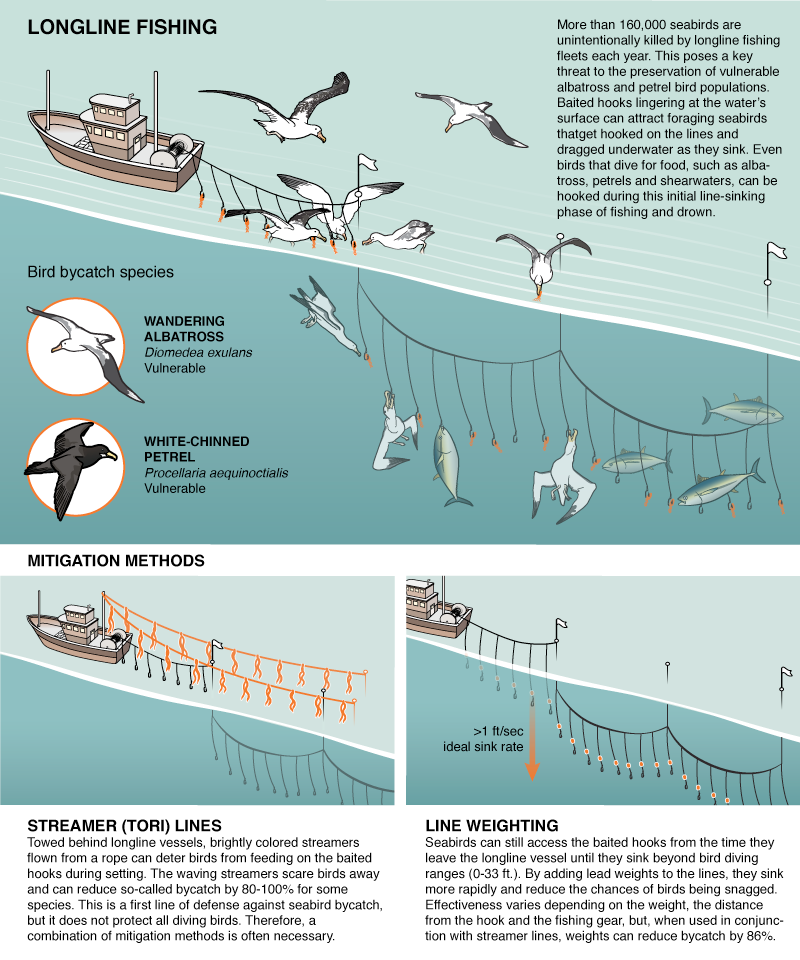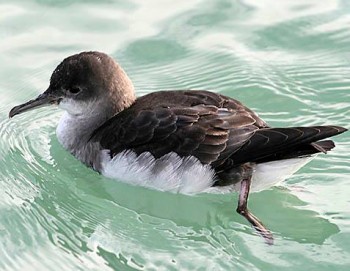Theresa Burg (Biological Sciences, University of Lethbridge, Alberta, Canada) and colleagues have published “early view” in the journal Aquatic Conservation: Marine and Freshwater Ecosystems on a genetic study of Black‐browed Thalassarche melanophris and Campbell Thalassarche impavida Albatrosses.
“1. Previous genetic studies found evidence of at least three distinct groups of black‐browed Thalassarche melanophris and Campbell Thalassarche impavida albatrosses in the Southern Ocean. Almost 350 individuals including samples from additional breeding sites on the Falkland Islands and South Georgia Island were screened using mitochondrial DNA.
2. The new sequence data using lineage specific PCR primers provided further support for the taxonomic split of T. melanophris and T. impavida and separate management of the two distinct T. melanophris groups.
3. In total, 207 black‐browed albatrosses killed in longline fisheries were screened. Approximately 93% of the bycaught birds from the Falkland Islands belonged to the Falkland mtDNA group and the remaining birds had mtDNA from the Widespread T. melanophris group; these proportions were similar to those in the local Falklands breeding population. The South African and South Georgia bycatch samples predominantly comprised the Widespread T. melanophris group, with only one bird from each area containing Falkland mtDNA. Lastly, 81% of the albatrosses bycaught off New Zealand had T. impavida mtDNA and the remaining four birds were widespread T. melanophris. These differences in bycatch composition matched what is known from tracking and banding data about the at‐sea distribution of black‐browed albatrosses.
4. Based on the mtDNA results and current population trends, consideration should be given to assigning regional IUCN status for the different breeding populations.
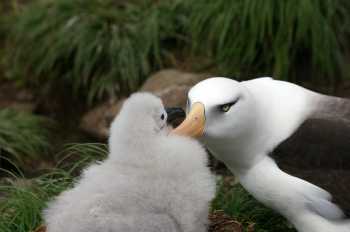
A Campbell Albatross tends its downy chick, photograph by David Evans
With thanks to Richard Phillips.
Reference:
Burg, T.M., Catry, P., Ryan, P.G. & Phillips, R.A. 2017. Genetic population structure of black-browed and Campbell albatrosses, and implications for assigning provenance of birds killed in fisheries. Aquatic Conservation: Marine and Freshwater Ecosystems DOI: 10.1002/aqc.2765.

 English
English  Français
Français  Español
Español 